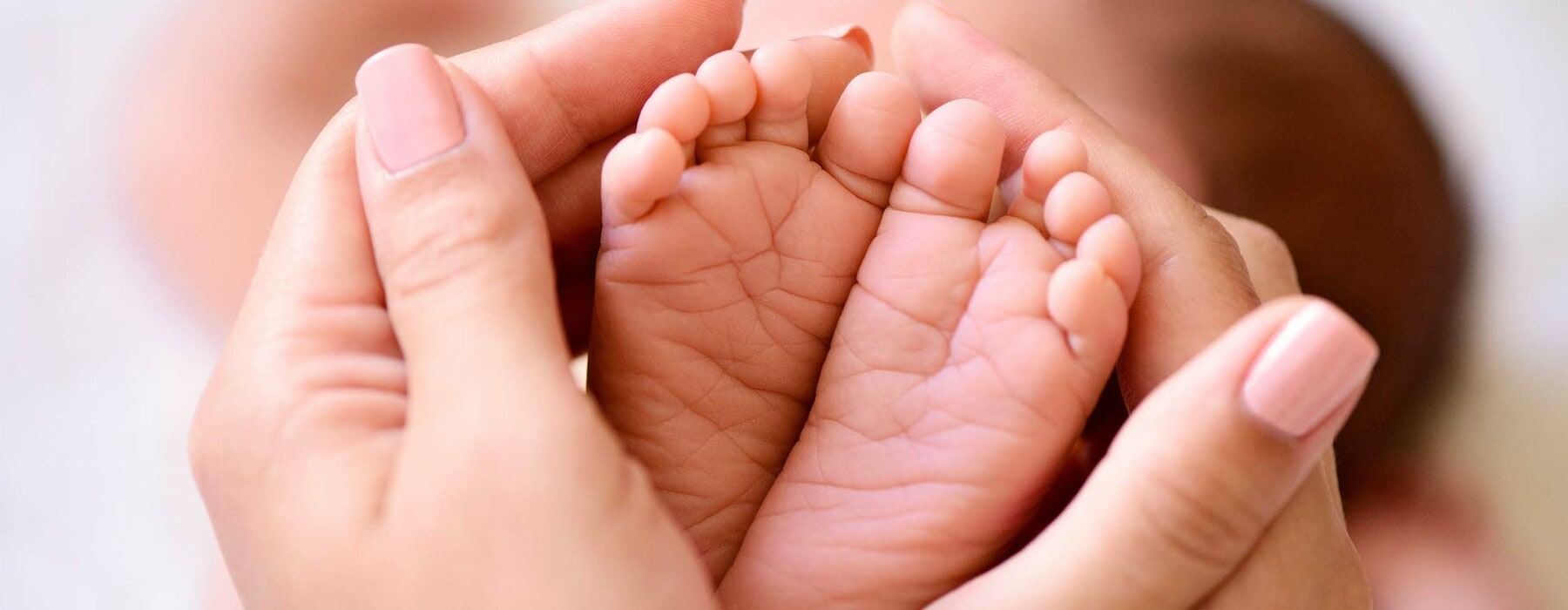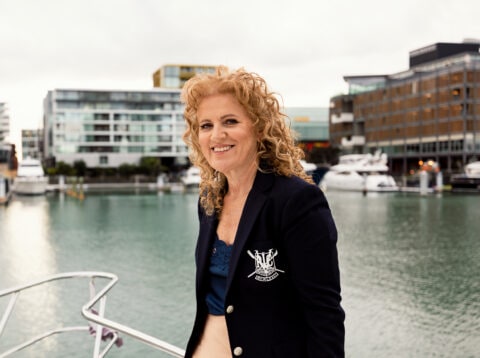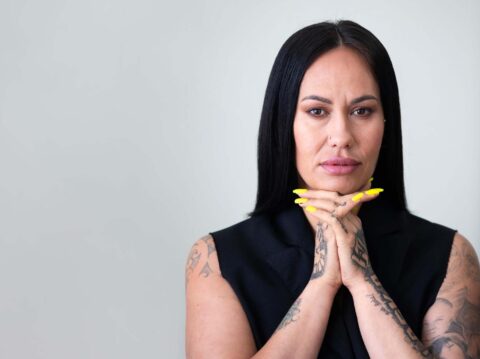“You drive south of Auckland and see new subdivisions. New roads, schools, and supermarkets are built, but you don’t see any new hospitals. Even if you did, there’s not enough staff to fill and service them.” Stories of staff shortages, poor pay, and burnout are across the board for this country’s midwives. Is the system too broken to fix?
“Midwifery’s been around forever and will continue to be, but it’s tiring having to forever go up against the ‘proverbial’ man,” says Mandy*, who loves the idea of being in a profession that’s deeply rooted in feminism.
The profession was first regulated at the turn of the 20th century by virtue of the Midwives Act 1904. Then, as disease control entered the public consciousness and obstetrics developed as a profession in the 1920s, births started to migrate from homes to hospitals. Midwifery became autonomous from nursing under the Nurses Amendment Act 1990, which followed the 1988 Cartwright Inquiry into the inadequate treatment of cervical cancer patients at National Women’s Hospital.
Working as an LMC midwife
As a Lead Maternity Care (LMC) midwife, Mandy is independent, self-employed, and paid differently to “core” midwives who work in hospitals and primary care birthing units. Core midwives work rostered shifts to provide 24-hour care while women are inpatients, whereas LMC midwives are on call throughout the entire pregnancy, birthing, and post-natal process.
Mandy is part of a practice in which each midwife maintains their own caseload, consisting of 30-40 clients a year. When not providing labour and birth care, she is running her antenatal clinics, referring clients for scans and bloods, prescribing various medications, consulting with other health services (social workers, mental health teams, obstetricians, paediatricians, and GPs, for example), and visiting women at home with their new babies.
Providing there are no complications, she can attend to those who want to give birth outside a hospital. Generally, she attends three to four births a month. This could work out to be one birth a week, or three in a three-day period, but that’s the nature of being on call 24/7, she says. Her caseload is smaller compared with other LMCs, who will support four to six clients a month. She says it was intentional, despite the resultant significant pay cut.
“It’s all about professional sustainability. I’m quite careful, because I don’t want to feel too overwhelmed with being on call. It means I can provide the quality and individualised care that I’m passionate about, while still having plenty of time for life outside midwifery.”
Even with a smaller caseload, she still works more than 40 hours a week. And being on call can be taxing – she can’t just go away for a weekend or have a few drinks without arranging cover from a colleague, she says.
LMC pay and responsibilities
The issue is that the stress and burden are not compensated for financially, she says.
“I don’t feel disincentivised to do the care, as I don’t think about the pay much. You do whatever needs to be done for the needs of the client. I’ve never been under any illusions. I went into this knowing the pay wasn’t great. We often go above and beyond, and often at our own expense,” Mandy says.
Core midwives with up to five years’ experience earn a full-time salary of between $69,000 and $84,000. Senior core full-time midwives can earn around $108,000. An average income for an LMC is difficult to quantify, as the scaling system is so varied and doesn’t account for expenses. The average full-time LMC made $53,728 in 2015. What’s more, according to the Midwifery Council’s 2021 Workforce Survey, 44.23 percent of all midwives work fewer than 32 hours a week.
Core midwives are paid according to their employment contract with publicly funded District Health Boards. LMC midwives are paid according to the Primary Maternity Services Notice 2021, which was updated last year following Budget 2020’s funding injection. A total of $150.5 million of the wider $242 million maternity package, designed to support midwives and primary maternity services, has gone into raising LMC pay.
At the time, Associate Health Minister Julie Anne Genter said it was the largest ever funding boost for primary maternity services. The changes to the current contract for LMCs included additional care supplements to accommodate some of the extra work that’s needed for clients with more complex needs, and for women living in rural areas.
Associate Health Minister Dr Ayesha Verrall says the Government values the significant role midwives play in the health system. “A great midwife can make a huge difference to the quality of care mothers and their whānau experience during pregnancy and the birth.”
New Zealand College of Midwives chief executive Alison Eddy says the move was a nod in the right direction, but it didn’t go far enough. She says the $150.5 million has not adequately addressed the equity issues that make it harder for people to access care, or the realities associated with being a sole contractor.
The number of clients booked annually doesn’t always equate to what a midwife can claim under the current system and then GST, income tax, ACC levies, travel, accounting, professional fees, insurance, and other business expenses are factored into hourly rates.
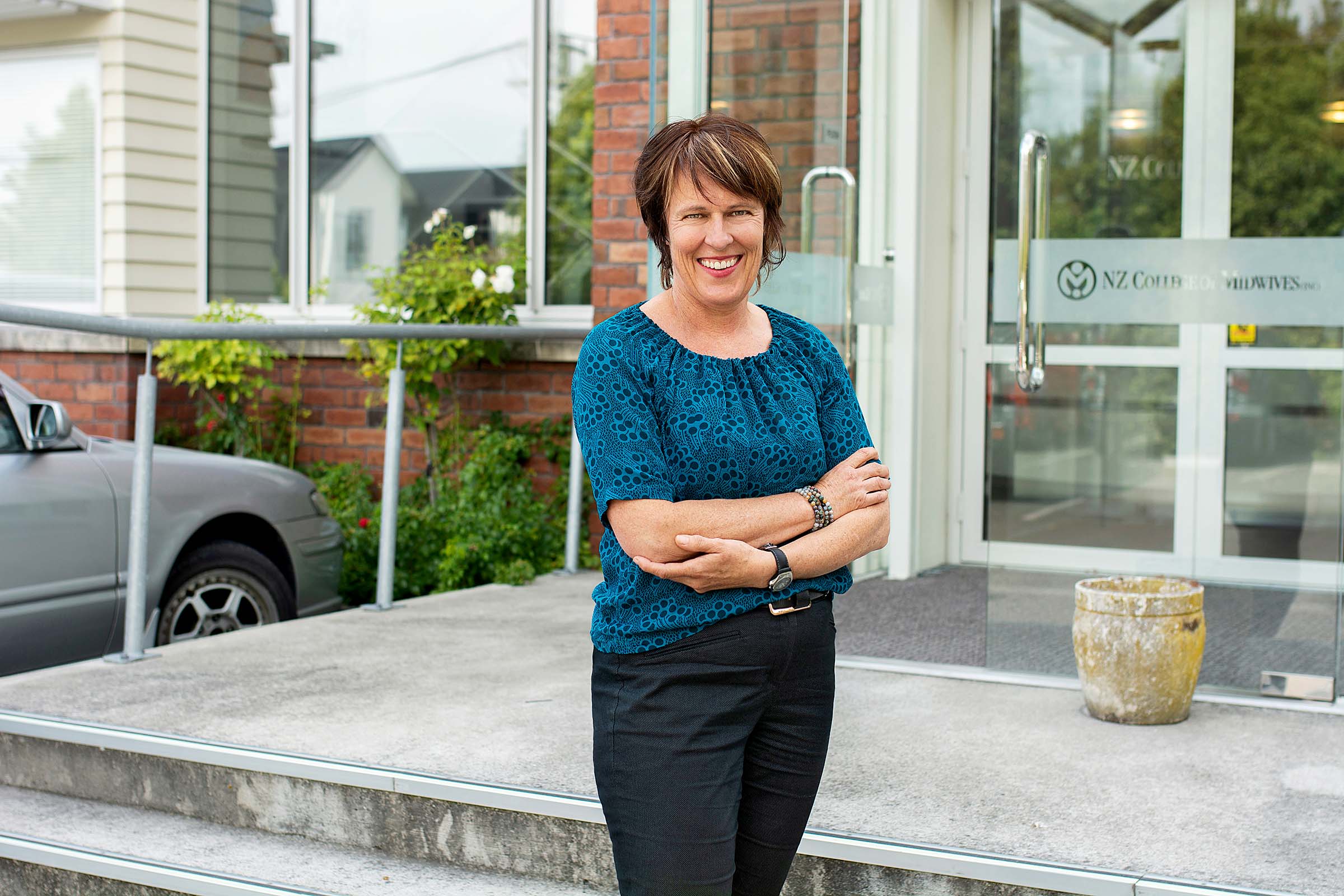
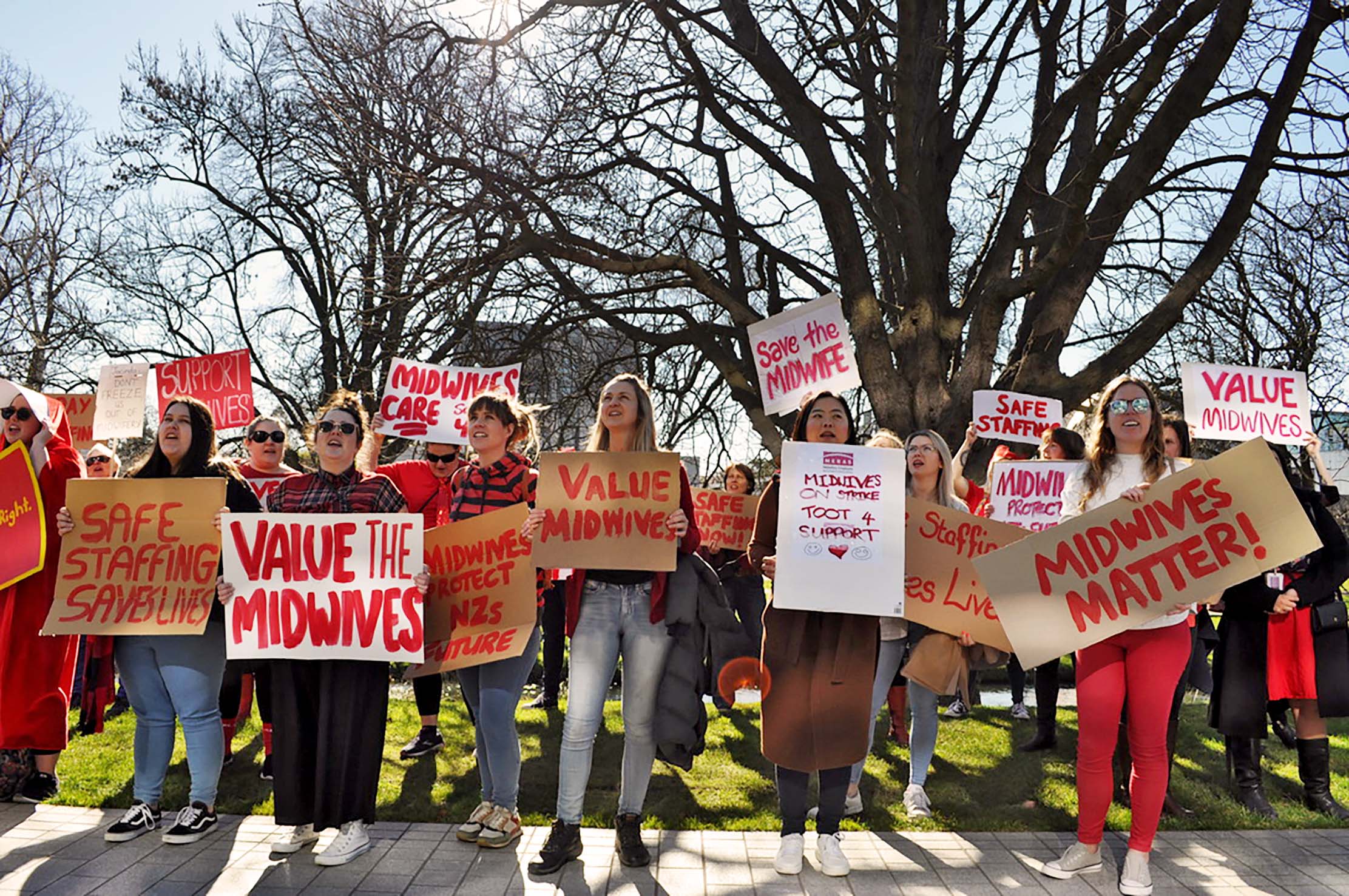
Education
When Mandy thinks about it, midwifery was something she always wanted to do without knowing what it was. She first studied for a Bachelor of Science in psychology before enrolling in a post-graduate programme in religious studies.
It was a hard decision to quit, but once she did, she enrolled in the four-year midwifery degree.
Accessing the degree can be hard for some, as students are required to be on call for a large part of the programme. It means it’s virtually impossible to have a part-time job, and people “need a solid support system if they have kids or caregiving responsibilities”.
According to figures supplied by the Tertiary Education Council to the Midwifery Accord – a tripartite group comprising midwifery unions, District Health Boards and the Ministry of Health – an average of 50 percent of people on all five midwifery programmes drop out during the course.
Dr Verrall says it’s important to be strategic about increasing the number of midwives to make sure it reflects the diversity of the mothers, babies and whānau they care for.
As an outcome of the Midwifery Accord, an initiative called Te ara ō Hine was introduced in 2021 to support and increase the number of Māori and Pasifika midwifery students. The Government committed $6 million, which will be used over four years.
“We are committed to ensuring the wellbeing and safety of midwives so that children have the best possible start in life and whānau have the right support when they need it,” Dr Verrall says.
The Government invested a further $5.4 million to cover extra costs incurred as a result of Covid-19, including a $2500 payment to eligible LMCs.
Midwifery Employee Representation & Advisory Service (MERAS) co-leader Caroline Conroy says the Covid-19 retraining fund to the value of up to $6500 per person was a missed opportunity. At the time, Education Minister Chris Hipkins said the Targeted Training and Apprenticeships Fund aimed to encourage and support people in high-demand industries. The fund was limited to careers below degree level.
Conroy says people from the tourism and hospitality sectors would have been ideal candidates for midwifery. According to StatsNZ figures, 19,700 women lost jobs in those sectors in the March and September 2020 quarters.
“Nine out of 10 who lost their jobs were women, but funding was poured into male-dominated sectors such as trade,” the union co-leader says.
Working conditions for a core midwife
Sarah* is a rostered core midwife. Her inclination towards midwifery stemmed from attending appointments when her mother was pregnant with her siblings. She always wanted to be a midwife, but completed a science degree first to gain the emotional maturity needed to deal with life or death situations.
“It’s amazing what you get to share with people – the high of birth is unparalleled, but it really tests you.”
Working in a hospital in Auckland, she says no day is ever the same – it’s why she loves the job. She’ll work in the birthing and assessment unit one day, the maternity ward assisting with elected caesareans the next, and oversee all people coming through the door when she’s rostered on as a maternity clinical coordinator.
Sarah has been in the profession for the past five years, practising two and half of those years – she completed a two-year overseas adventure in between.
“I returned to New Zealand because of Covid-19, and it was a bit of a shock to the system. I left New Zealand thinking I’d come back to a better system, but the situation has got worse.”
It’s not the pay per se that bothers Sarah, but the under-staffing. Twelve-hour shifts regularly become 13 hours, and people will be lucky to get a 10-minute break, she says.
As expected, Covid has affected things, but this winter it’s influenza that’s “wreaking absolute havoc. Everyone is sick and the staff are really rundown. Some days you feel so capable, like you’re a rockstar, but others you feel so broken.”
The college surveyed midwives in 2020 to ascertain the impact of the Covid-19 pandemic on them and midwifery care. Most of the 781 respondents agreed that Alert Levels 3 and 4 affected their work environment, and this had a huge impact on their workload.
Sarah says patients are also needing more attention, as a result of pre-existing conditions, social deprivation, or complex medical histories associated with lifestyle, so they require a higher level of skill and more time when there isn’t any, she says.
“We’re seeing a spike in people who have complex lives. Sometimes, pregnant women won’t have the capacity to prioritise themselves when they’re going home to poor housing conditions, or they don’t have the finances to feed themselves properly,” Sarah says.
Ministry of Health community health system improvement and innovation acting group manager Mark Powell says the Midwifery Workforce Accord was signed in 2019 in response to industrial action around safe staffing. DHBs and the Ministry of Health have been committed to developing accountability mechanisms to ensure DHBs address additional staffing needs, he says.
To date, calculations to determine the level of staffing needed have been completed in almost all maternity facilities, “and have been very successful in increasing available full-time equivalent hours”, he says.
However, MERAS co-leader Jill Ovens says although the data that has been collected through a programme called CCDM (Care Capacity Demand Management) shows how many full-time equivalent (FTE) hospital midwives are needed, it’s getting enough midwives to fill those vacancies that’s the problem. The situation is exacerbated because midwives work between 0.6 and 0.8 of a full-time load, with many dropping their hours because of the stress of understaffing, she says.
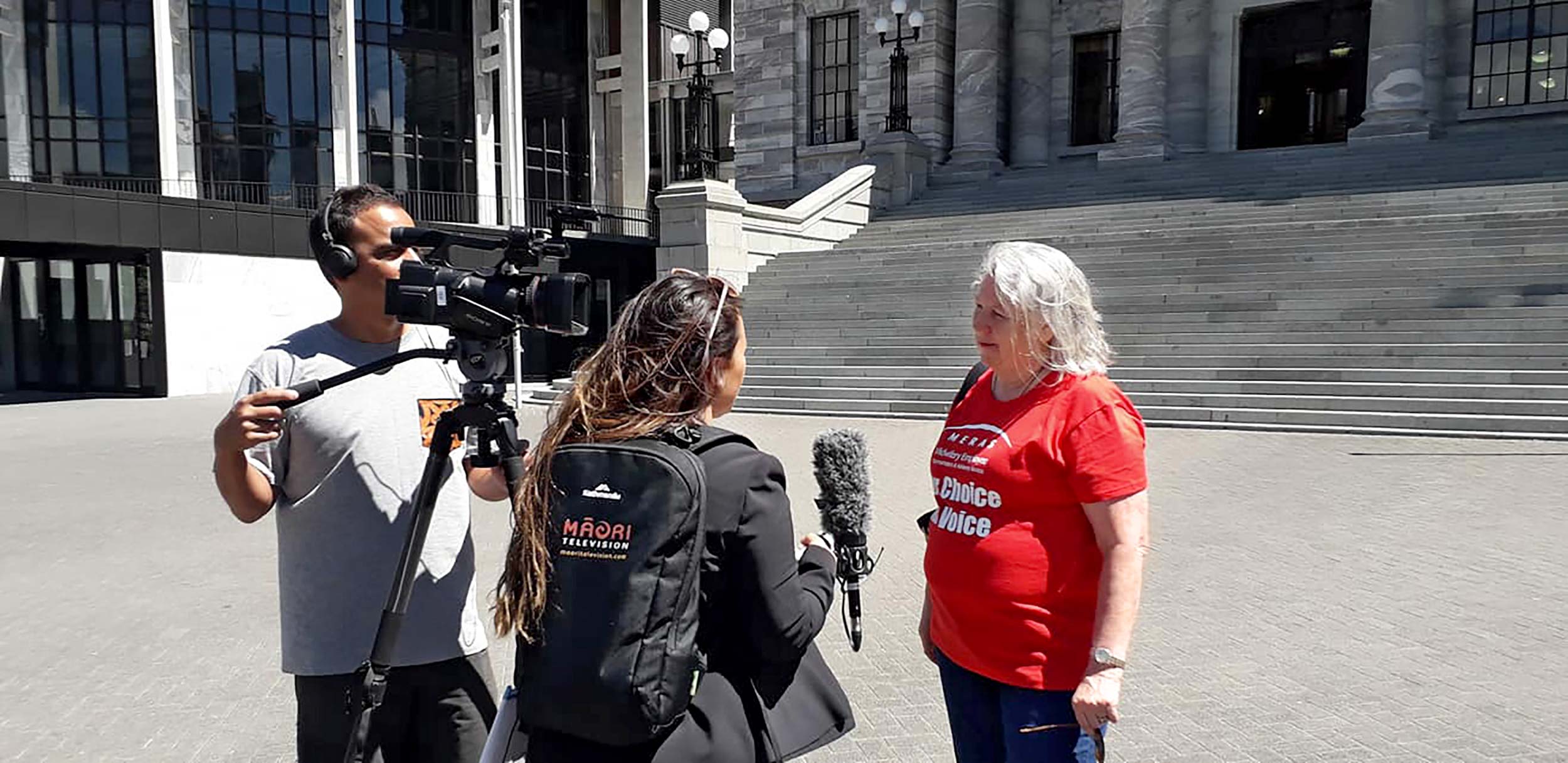
Retention and moral distress
A widespread phenomenon in healthcare settings, moral distress is stress caused by ethical dilemmas. A survey of college members published in 2017 found that levels of stress and feelings of depression were high for all midwives.
Sarah says it’s understandable that midwives aren’t able to sustain a sense of passion and compassion when they are stretched so thin.
“You can’t do the job how you want to do it, because there will be someone who is waiting outside the door who needs more acute attention. We all come into the profession loving the job, but it’s so incredibly demanding. It gives you so much, but it also takes away.
“The burnout is huge, and when people leave, the harder the job becomes for those who stay.”
The ministry’s Mark Powell says the Government committed $3.3 million (and a further $2.2 million from DHBs) to fund a coaching programme to support graduates, new international midwives, midwives returning to practice, and others with an identified need.
A further $256,000 has been provided for the Midwifery Return to Practice programme to cover the education and professional costs associated with the programme, he says. Both initiatives resulted from the Midwifery Accord.
Caroline Conroy says the longer people are out of the profession, the more intimidating it is to return.
“The first day you might walk into a birthing suite that’s short-staffed. It’s natural to think, ‘Oh my God, what have I walked into?’, and walk back out.”
It is hard to measure the national midwife shortage at any given time, but there is currently a vacancy rate of 30-50 percent across most hospital units per month, she says.
In theory, the total number of 3283 registered midwives should be able to service the birthing population. But of these, only slightly more than half are employed midwives. Others have left the profession. In 2012, the number of midwives with practising certificates was 2910.
Conroy says many midwives hold practising certificates, but choose not to work because of the pay, working conditions, education requirements, and the level of responsibility required.
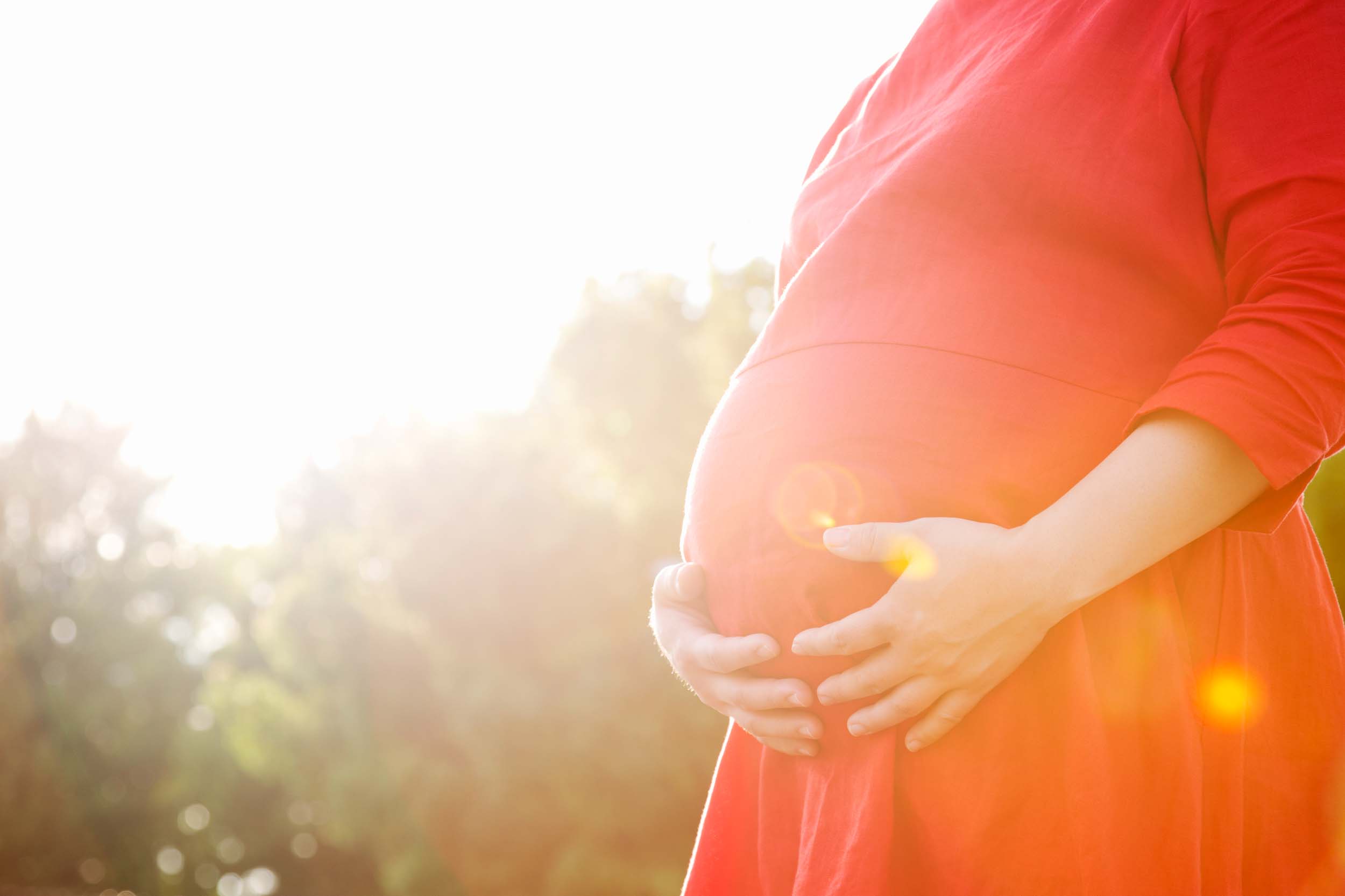

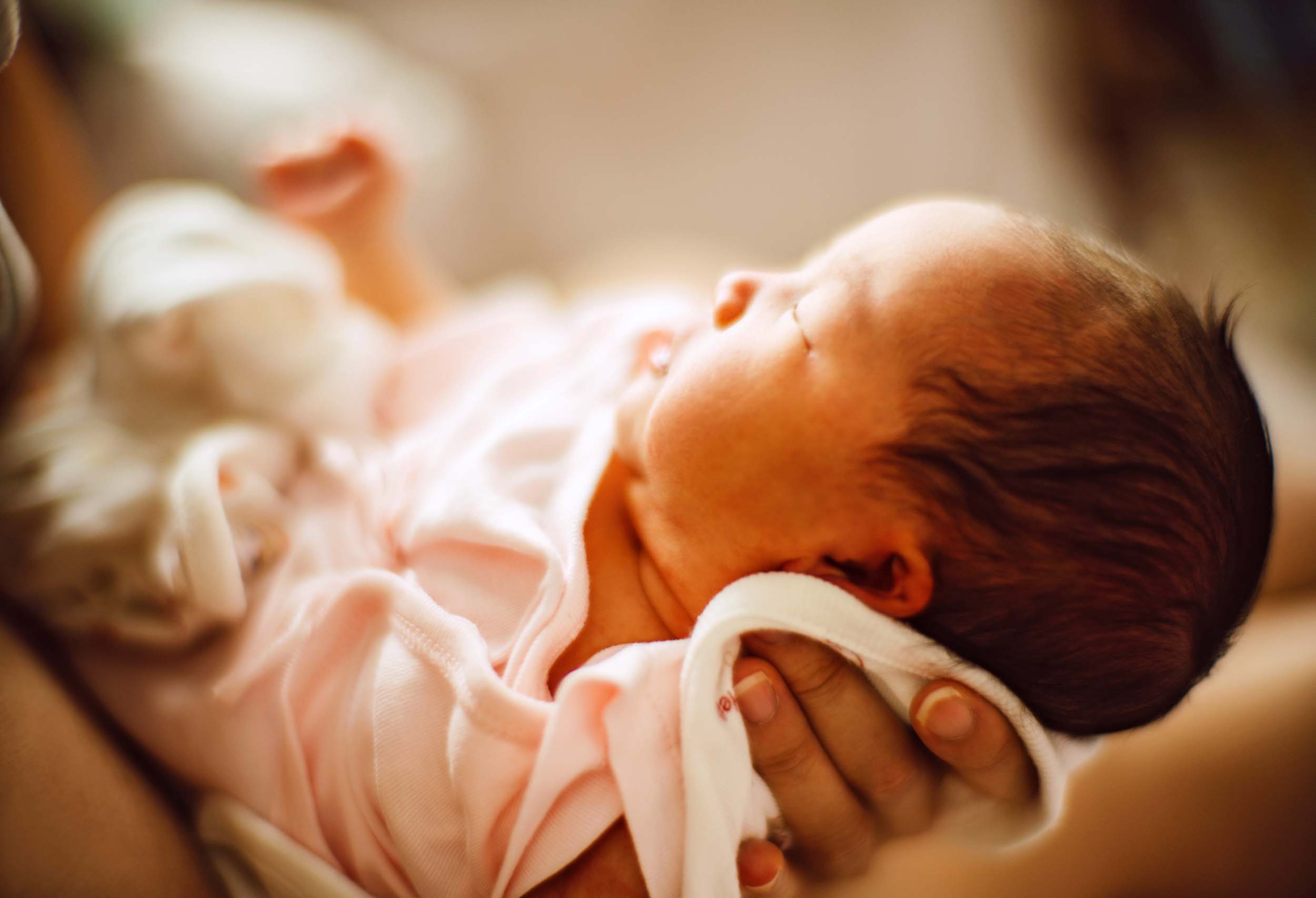
A “fundamentally broken” system
Sarah says there are no easy answers. Every aspect of the health system is in financial disrepute and this situation is the result of chronic underfunding by successive governments.
“We’re seeing the impact of decades of under-investment and under-valuing what we do without acknowledgement of the increasing complexities. You drive south of Auckland and see new subdivisions. New roads, schools, and supermarkets are built, but you don’t see any new hospitals. Even if you did, there’s not enough staff to fill and service them.”
For context, between 2008 and 2017, the National Government spent $1 billion on health capital expenditure. The Labour Government has committed $7 billion for infrastructure.
Money’s been pumped into the sector, but it’s a drop in the bucket for the female-dominated profession. It seems dramatically increasing pay would be the only incentive to retain staff and attract new talent. Even so, it’s hard to compensate for a system that’s fundamentally broken, Sarah says.
Meanwhile, last year Health Minister Andrew Little announced sweeping health reforms to address equity issues in the sector. The Pae Ora (Healthy Futures) Bill passed in June, and as a result, the 20 DHBs were replaced on July 1 by Crown entity Health New Zealand, which will work in partnership with the new, independent Māori Health Authority. The changes will address poor retention rates, large workloads, working conditions and other challenges that midwifery and the entire health sector are facing, he says.
Historically undervalued workforce
In June 2018, MERAS filed a pay equity claim to determine whether midwives had been underpaid because the profession is female-dominated. Women make up more than 98 percent of midwives, according to latest StatsNZ data.
The union, established in 2002, advocates for employed midwives working in hospitals and other maternity units. After years of pandemic-related delays, all parties concluded midwives have been financially undervalued when compared with male comparators. District Health Boards, the union, and the Crown on behalf of the Government are now in the throes of agreeing on what compensation might look like.
MERAS co-leader Jill Ovens says it’s been four years and there’s no end in sight. It is clear that not enough money has been put on the table to achieve pay equity outcomes for midwives, she says.
Throughout its first term, the Government changed the legislation to make the process smoother for all parties, Little says. The amendments changed how information could be shared and collected and made it easier for employees and unions to make claims. “Literally billions of dollars” were put towards claims across all sectors nearly four years ago, and the Government is committed to working with all parties to come to a solution, he says.
Being a combination of science and art, the pay equity process is “taking longer than anybody ever expected, but we’ve got some wins under our belt, we’ve changed the law, and we’re getting there”.
Meanwhile, representing LMC midwives, the New Zealand College of Midwives lodged a claim against the Ministry of Health in 2015 in the High Court under the Bill of Rights Act. The gender discrimination claim followed a five-year funding freeze resulting from the global financial crisis. The case never went to court. Instead, a funding model that was redesigned during mediation never eventuated. The body is now considering further legal action for a breach of contract.
“It comes down to the fact that midwifery is a women’s workforce that looks after women. It’s a really responsible and essential job that doesn’t get the level of recognition, respect or engagement from politicians and senior officials,” college chief executive Alison Eddy says.
Jennifer’s* mother was a midwife, so the vocation was a natural fit, she says. It was New Zealand’s stance on personal autonomy and its recognition of indigenous rights that prompted the midwife and educator to move here to study 20 years ago.
In principle, New Zealand’s midwifery system is one of the most revered in the world. But women’s health providers – and therefore women generally – are thwarted by a system where they’re systemically undervalued, she says.
“Whether it’s menstruation, menopause or motherhood, they’re deep rites of passage. If women are supported with their sovereignty intact, they are unstoppable. I feel the same in my capacity as a health provider to support women to reclaim a sense of ownership of their bodies. Women fought for midwifery autonomy here in the ’90s. The conditions have worsened, but the recognition doesn’t reflect that. The workforce is so burnt out that the fire’s gone out of them.”
She says midwives face a silent and covert pandemic that is undermining and compromising women’s reproductive health and rights.
*Names have been changed for privacy reasons.

